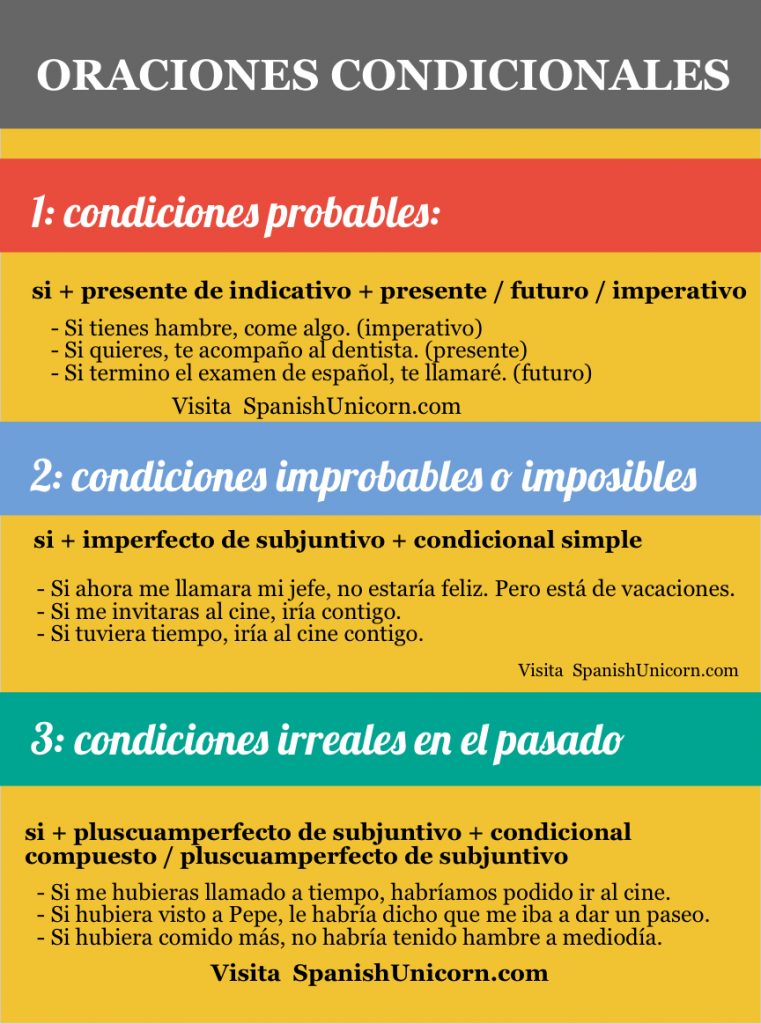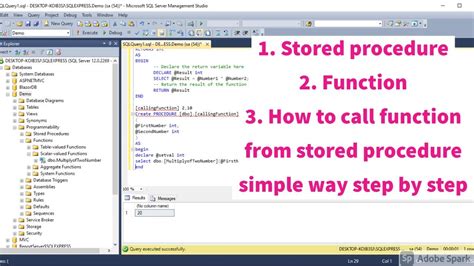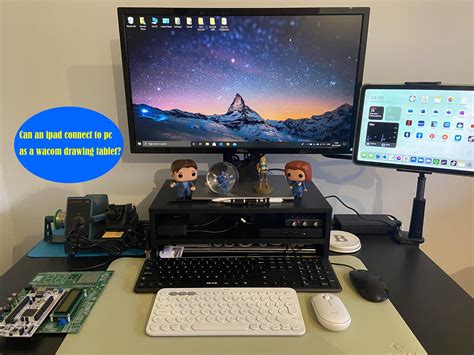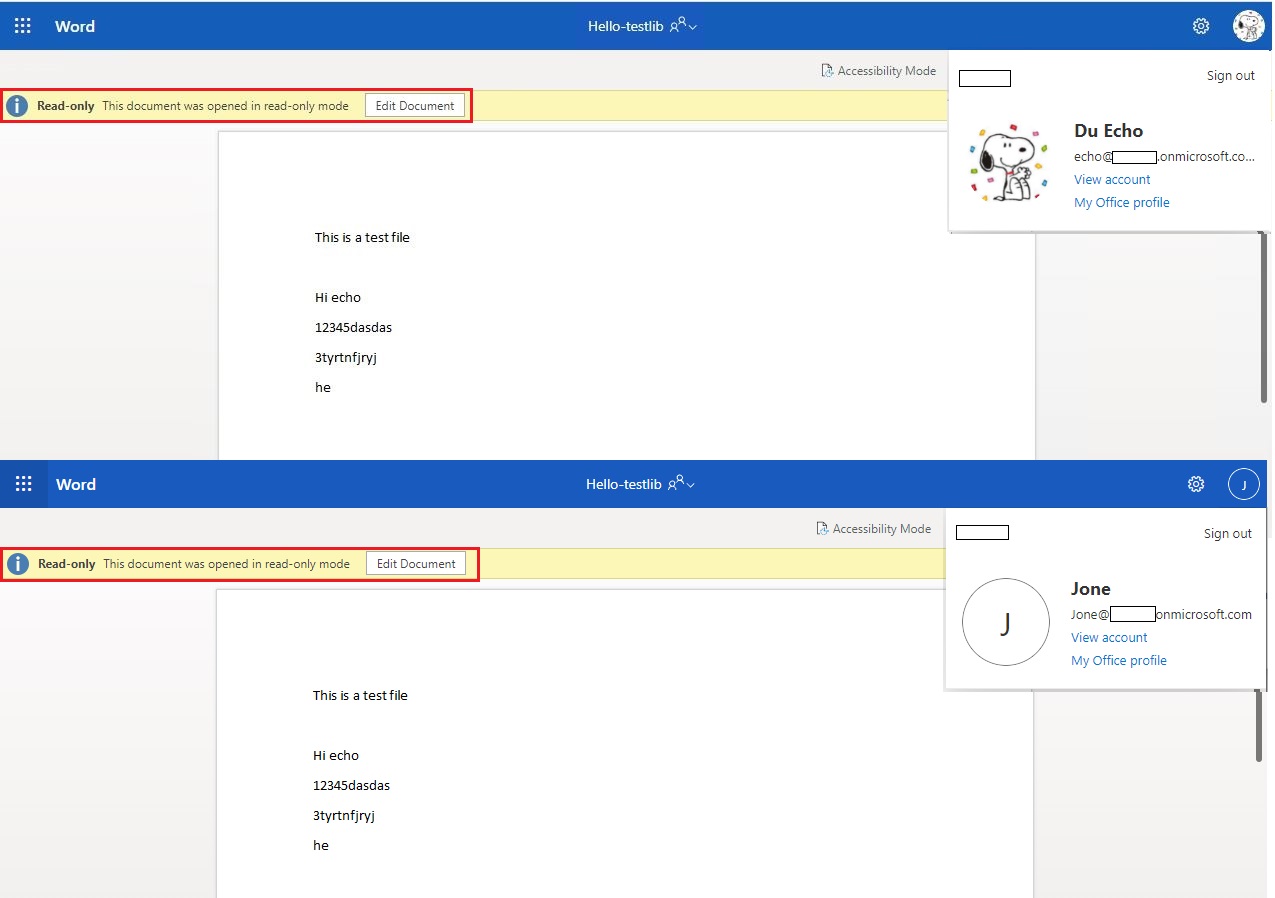Newton's Third Law Equation Explained

Isaac Newton's Third Law of Motion is a fundamental principle in classical physics, stating that for every action, there is an equal and opposite reaction. This law, often referred to as the "Law of Action and Reaction," provides a deep insight into the dynamics of forces and is a cornerstone of our understanding of mechanics. In this article, we delve into the intricacies of Newton's Third Law, exploring its equation, real-world applications, and the profound impact it has on our physical world.
Understanding the Equation: The Essence of Newton’s Third Law
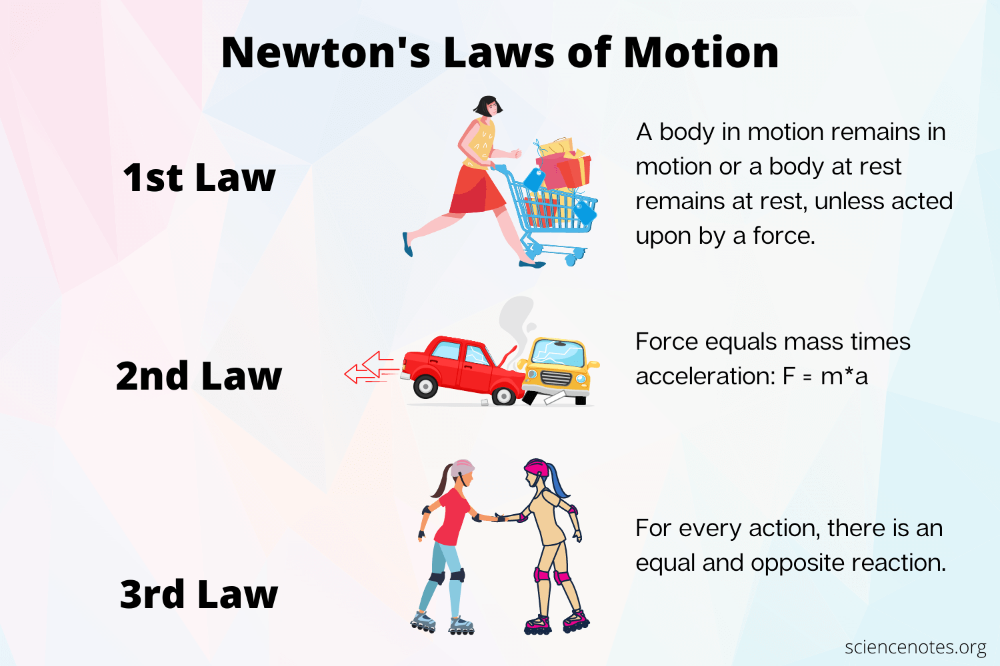
Newton’s Third Law can be succinctly expressed through the following mathematical equation:
F12 = -F21
Here's a breakdown of the equation's components:
- F12: This represents the force exerted by object 1 on object 2.
- F21: This represents the force exerted by object 2 on object 1.
- The negative sign (-) between the two forces signifies that the direction of the force is opposite for the two objects.
In simpler terms, when two objects interact, the force that object 1 exerts on object 2 is equal in magnitude but opposite in direction to the force that object 2 exerts on object 1. This law emphasizes the mutual interaction between objects and how forces always occur in pairs.
Real-World Applications: The Third Law in Action
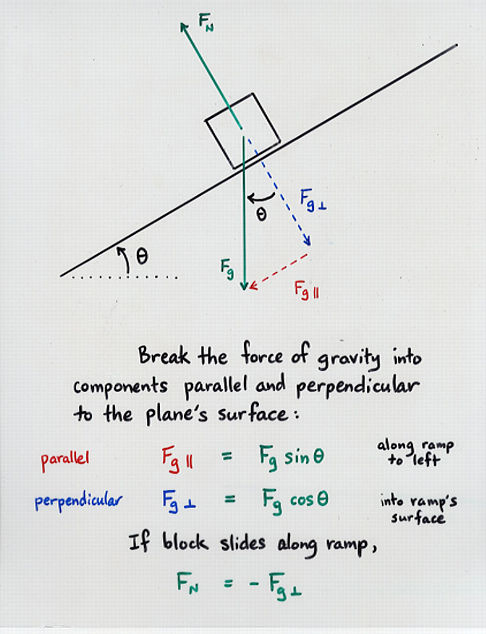
Newton’s Third Law is not just a theoretical concept; it is a fundamental principle that governs a myriad of physical phenomena and everyday experiences. Here are some real-world examples that illustrate the law in action:
Rockets and Propulsion
Rockets provide a classic illustration of Newton’s Third Law. When a rocket engine burns fuel, it expels high-speed gases in one direction. According to the Third Law, these gases exert an equal and opposite force on the rocket, propelling it forward. This principle is the foundation of rocket propulsion and space travel.
| Rocket Exhaust Force (F12) | Rocket Propulsive Force (F21) |
|---|---|
| 20,000 N | 20,000 N (in the opposite direction) |
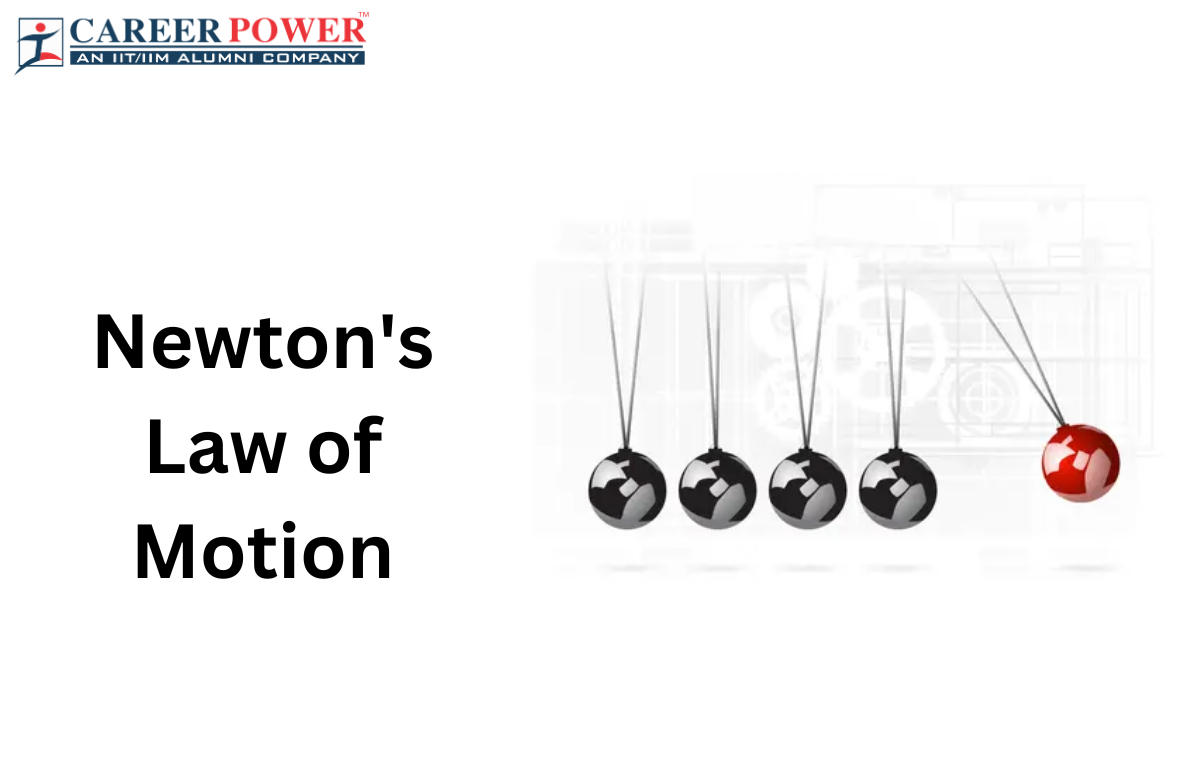
Walking and Running
When you walk or run, your foot applies a force to the ground. In response, the ground exerts an equal and opposite force back on your foot, propelling you forward. This force pair is essential for locomotion and is a prime example of how the Third Law operates in our daily lives.
| Force Applied by Foot (F12) | Force Exerted by Ground (F21) |
|---|---|
| 1,000 N | 1,000 N (upward) |
Swimming and Buoyancy
Swimming involves the application of force to the water. As you swim, you push water backward, and in response, the water exerts an equal and opposite force on you, propelling you forward. This action-reaction principle is crucial for buoyancy and movement in water.
| Force Applied by Swimmer (F12) | Force Exerted by Water (F21) |
|---|---|
| 500 N | 500 N (forward) |
Impact and Implications: The Third Law’s Influence
Newton’s Third Law has far-reaching implications and influences various fields beyond classical mechanics. Here’s a glimpse into some of its broader impacts:
Aerodynamics and Flight
In aviation, understanding the Third Law is crucial. Aircraft wings are designed to generate lift by redirecting air downward. According to the law, this downward force on the air results in an equal and opposite upward force on the aircraft, allowing it to fly.
Sports and Athletics
Sports such as baseball, tennis, and golf rely on the Third Law. When a ball is hit or struck, the force applied to the ball results in an equal and opposite reaction, influencing the ball’s trajectory and speed.
Engineering and Structural Design
Engineers use the Third Law to design structures that can withstand forces. For instance, in bridge construction, the forces exerted by vehicles are balanced by the equal and opposite forces in the bridge’s structure, ensuring stability.
Space Exploration and Satellites
In the realm of space exploration, the Third Law is vital for understanding the behavior of satellites. The forces exerted by rockets and propulsion systems are carefully balanced to control the satellite’s orbit and trajectory.
Conclusion: The Enduring Legacy of Newton’s Third Law
Newton’s Third Law of Motion is not just a theoretical construct; it is a powerful tool that underpins our understanding of the physical world. From rocket propulsion to everyday locomotion, this law demonstrates the interconnectedness of forces and the fundamental principles that govern our universe. As we continue to explore and innovate, Newton’s Third Law remains a cornerstone of scientific knowledge, guiding us in our quest to comprehend and harness the forces that shape our reality.
How does Newton’s Third Law relate to the concept of momentum conservation?
+Newton’s Third Law is closely tied to the principle of momentum conservation. When two objects interact, the total momentum of the system remains constant if no external forces are acting. The equal and opposite forces described by the Third Law ensure that the momentum of one object is balanced by the opposite momentum of the other, thus conserving the overall momentum.
Can you provide an example of Newton’s Third Law in everyday life that isn’t related to motion or propulsion?
+Certainly! A simple example is blowing up a balloon. When you blow air into the balloon, you are exerting a force on the air molecules, pushing them into the balloon. According to the Third Law, the air molecules exert an equal and opposite force back on the balloon, causing it to inflate. This action-reaction principle is at play even in this seemingly static situation.
How does the Third Law apply to situations where multiple forces are involved, such as in a car accident?
+In a car accident, multiple forces come into play. When two vehicles collide, they exert forces on each other, resulting in an equal and opposite reaction. This reaction can lead to deformation of the vehicles and the absorption of energy, which is why modern car designs aim to manage these forces to ensure occupant safety.
